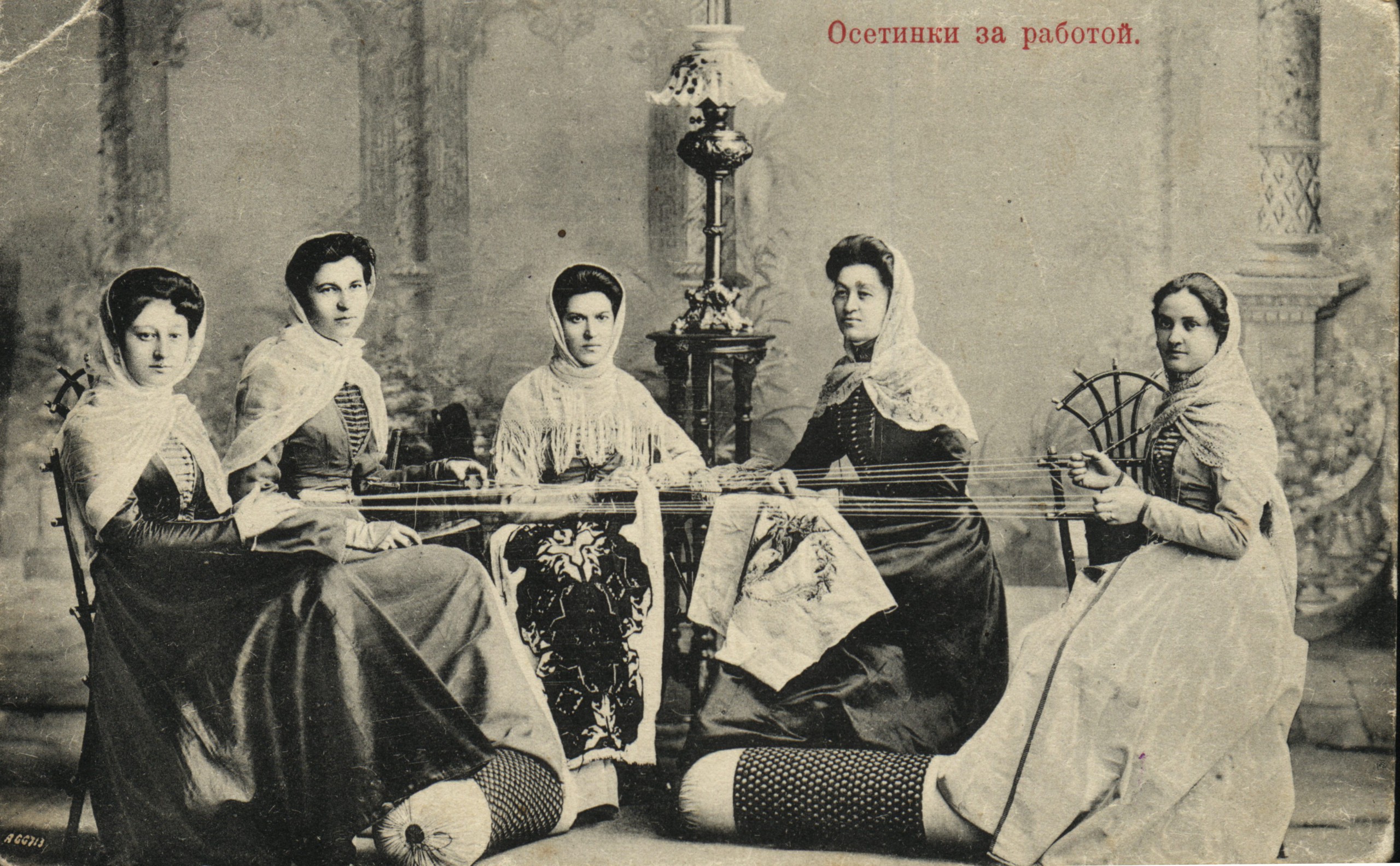The Jaszbereny of Hungary are named after the Jasz which is derived from a northern Iranian Alano-Sarmatian tribe known as the Jazygians (also: Iazygians), who migrated to Hungary from around the Caspian Sea in the mid 1200s. It is believed that these arrivals were the result of the devastating Mongol attack into Hungary in 1242 (Kiev in the Ukraine had already fallen just two years previous). Mongol local rulers were eager to recruit excellent horse archers around the late 1240s or early 1250s, and this is when the Iranian-speaking Jasz arrived. These were then allotted land in the Heves county of the region which were to be known as Jaszsag.
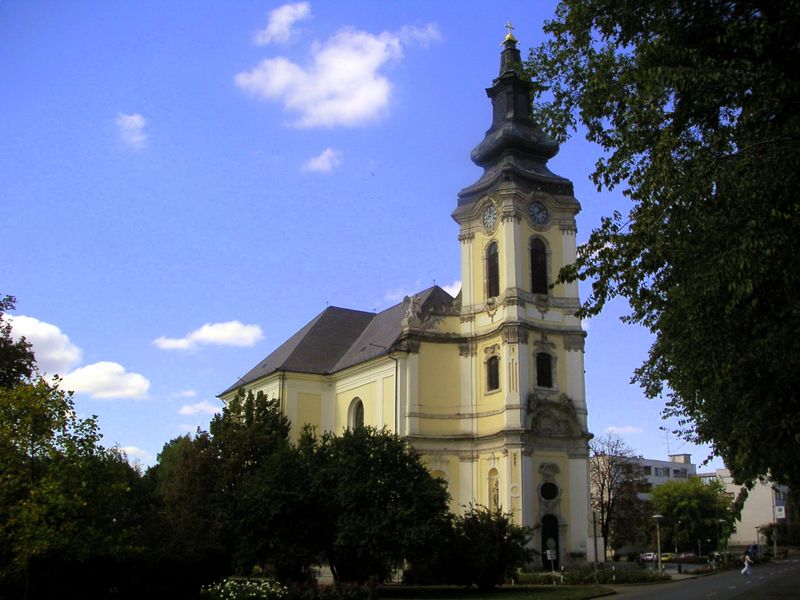 Excellent view of the Jaszbereny Church (Source: Wojsyl in Public Domain).
Excellent view of the Jaszbereny Church (Source: Wojsyl in Public Domain).
Nevertheless, the first arrivals of Iranian-speaking Alanic peoples into ancient Pannonia (the name of Hungary before the arrival of the Huns) had occurred by the 4th century CE or perhaps earlier. Note that the Huns were dominating the Germanic Ostrogoths and Alans in Eastern Europe at the time. The land of Hungary is named after the original Hunnic Magyar settlers who arrived in Pannonia.
Over the centuries many of the Alans had been either destroyed or absorbed by various Turco-Hun tribal confederations (notably the Khazars of the northern Caucasus who had converted to Judaism by the 8th century CE).
Jaszbereny is now a Hungarian town, situated approximately 50km east of Budapest. A number of other towns and villages in the region bear the Jasz– prefix, yet there is nothing except the name itself to set apart the Jasz today. For more on this topic consult for example:
- Engel (2005). Realm of St. Stephen: A History of Medieval Hungary. IB Taurus, pages 103-105.
- Turp (2007). Hungary. Penguin Books, pages 254-255.
- Hebbert, Longley & Richardson (2002). Hungary, page 372.
- Bedford & Dunford (2009). Hungary, page 251.
With the passage of time, a number of other towns emerged as well, resulting in a regional Hungarian culture bearing Iranian roots.
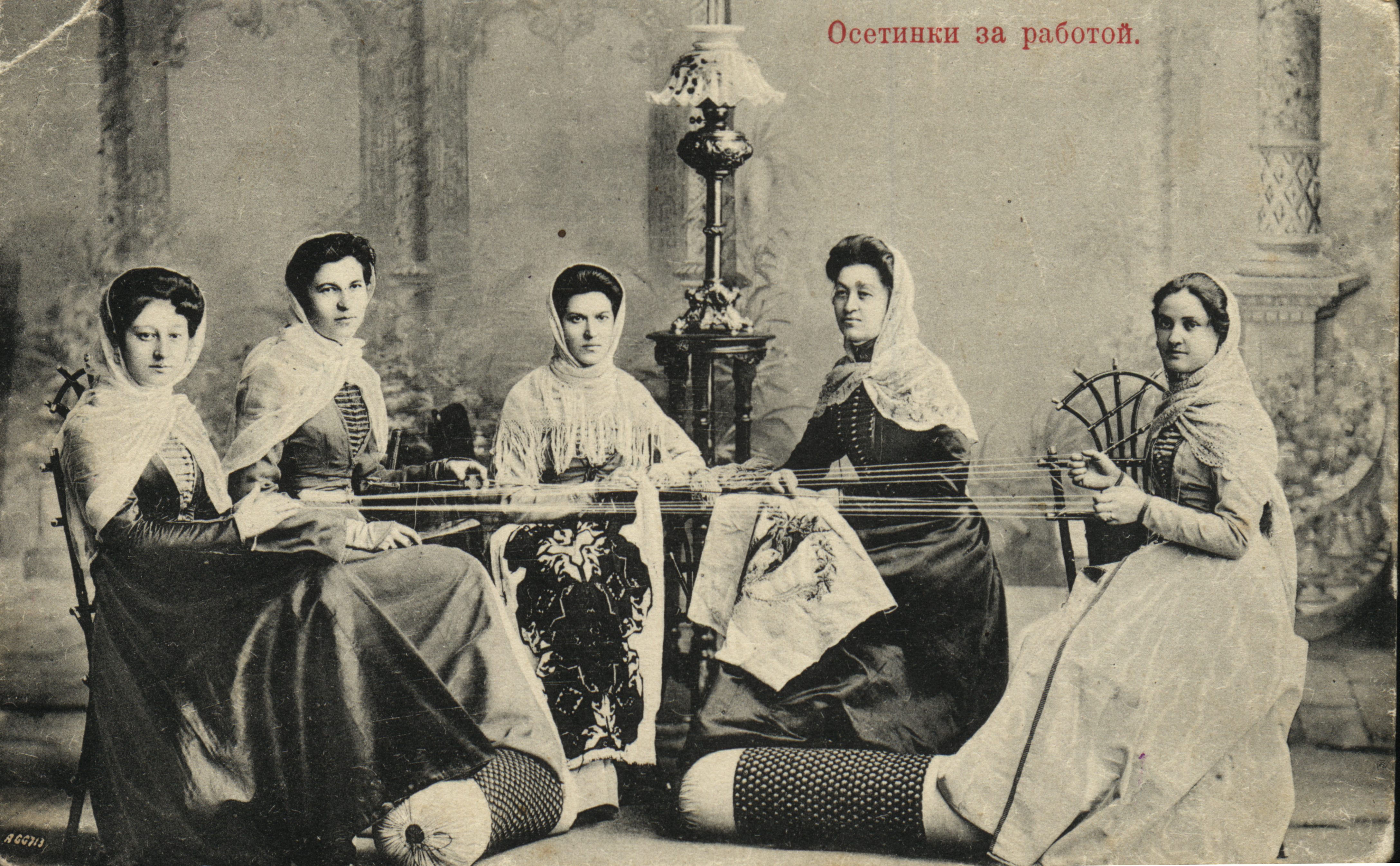 A Russian photograph of Ossetian women of the northern Caucasus working with textiles in the late 19th century (Source: CAIS). Ossetians are the descendants of Iranian speaking Alans who migrated to Eastern Europe, notably modern-day Yugoslavia and Hungary, where their legacy remains in the Jasz region.
A Russian photograph of Ossetian women of the northern Caucasus working with textiles in the late 19th century (Source: CAIS). Ossetians are the descendants of Iranian speaking Alans who migrated to Eastern Europe, notably modern-day Yugoslavia and Hungary, where their legacy remains in the Jasz region.
The Jasz continued to speak their Iranian language well into the 15th century as seen by their lexical influences on Hungarian; on this topic consult for example:
- Andras, Rona-Tas, Hungarians and Europe in the Early Middle Ages: An Introduction to Early Hungarian History, Central European University, 1991 & 2001, page 104.
The descendants of the Alans are known today as Ossetes or Ossetians, but the Ossetians refer to themselves as Ir-on. Only two dialects of Alan remain in the Caucasus today: Ir-on and Digor.
A Short Overview of Iranian Languages and Influences on Turkic and Hun Languages
There are in general two general categorizations for Iranian Languages:
- Middle Persian or Pahlavi – generally Parthian and Sassanian Pahlavi
- East (or Northeast) Middle Iranian languages such as Khotanese-Saka, Bactrian, Soghdian, Khwarazmian and Alanic.
According to Abaev and Bailey in the Encyclopedia Iranica article on the Alans:
“The name “Alan” is derived from Old Iranian *arya-, “Aryan,” and so is cognate with “Īrān” (from the gen. plur. *aryānām).”
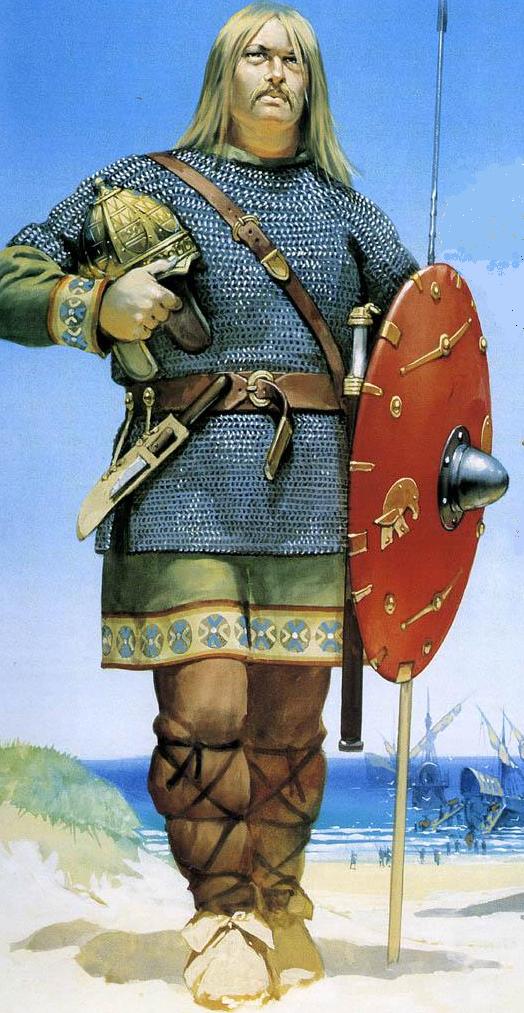 Iranian-speaking Alan warrior circa 5th century CE. The descendants of the Alans are found in Western and northern Iran as well as the Caucasus and Eastern Europe. Large numbers of Alans also assimilated with Europe’s Germanic tribes, notably the Ostrogoths (Painting by the late Angus McBride).
Iranian-speaking Alan warrior circa 5th century CE. The descendants of the Alans are found in Western and northern Iran as well as the Caucasus and Eastern Europe. Large numbers of Alans also assimilated with Europe’s Germanic tribes, notably the Ostrogoths (Painting by the late Angus McBride).
Iranian language terms have entered Old Turkic-Hun languages from eastern Central Asia and/or the Western Mongolia region for centuries (see for example: Khotanese Texts Volume 7, (edited by Harold Walter Bailey), Cambridge University Press, 1985, pages 105-106). Examples include:
- Oxs into Turkic Oksu.
- Avestan Thavana, Khotan-Saka Thauna (cloth, silk) Ossetian Tuna (Ir-on: Tyn) into Turkic Ton (dress)
- Old Iranian Avestan Vara (IE: Var)[or surrounding or enclosing of walls protecting a city or settlement] in Middle Persian or Pahlavi is: Gurtih (enclosed place) note that the Hungarian term Var – Varos (city) is derived from the Jasz people.
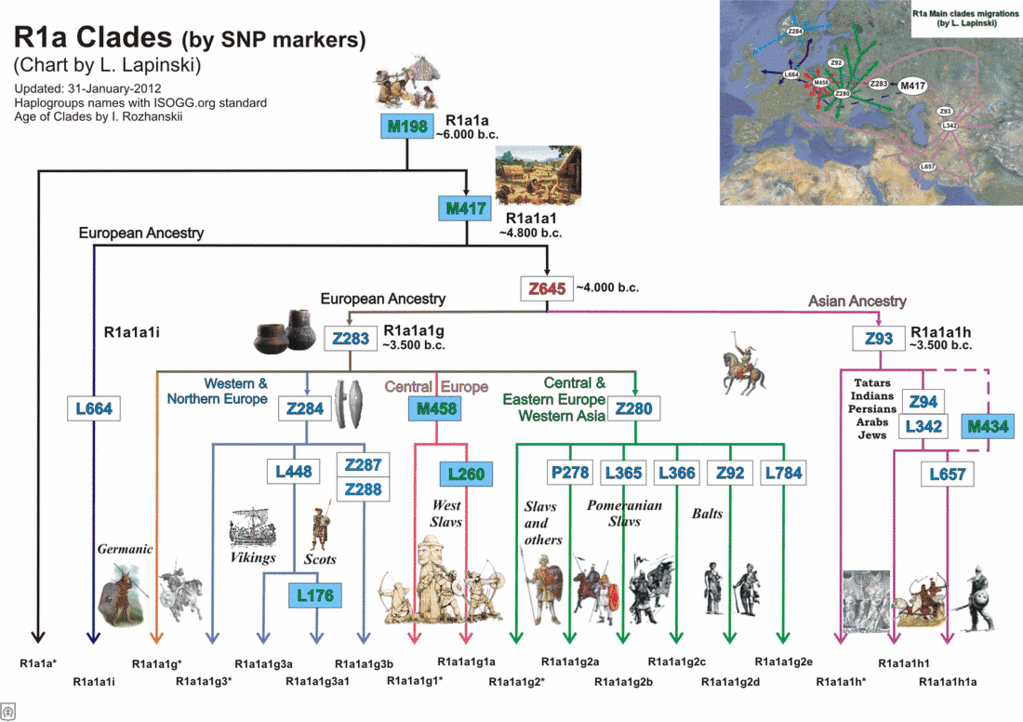 [Click to Enlarge] Interesting diagram outlining common genetic markers between peoples of Europe, the Near East and the Tatars (Source: Zeta Board).
[Click to Enlarge] Interesting diagram outlining common genetic markers between peoples of Europe, the Near East and the Tatars (Source: Zeta Board).Other examples of Ossetian type loan words into Hungarian (see also Cheung’s article in the Encyclopedia Iranica titled “Ossetic loan words into Hungarian”):
- Gazdag “rich, wealthy” ~ qæznyg, qæzdyg/ǧæzdug “rich” (< *gazna– + -yg/-ug)
- Méreg “poison” ~ marg “poison” (< *marka-)

